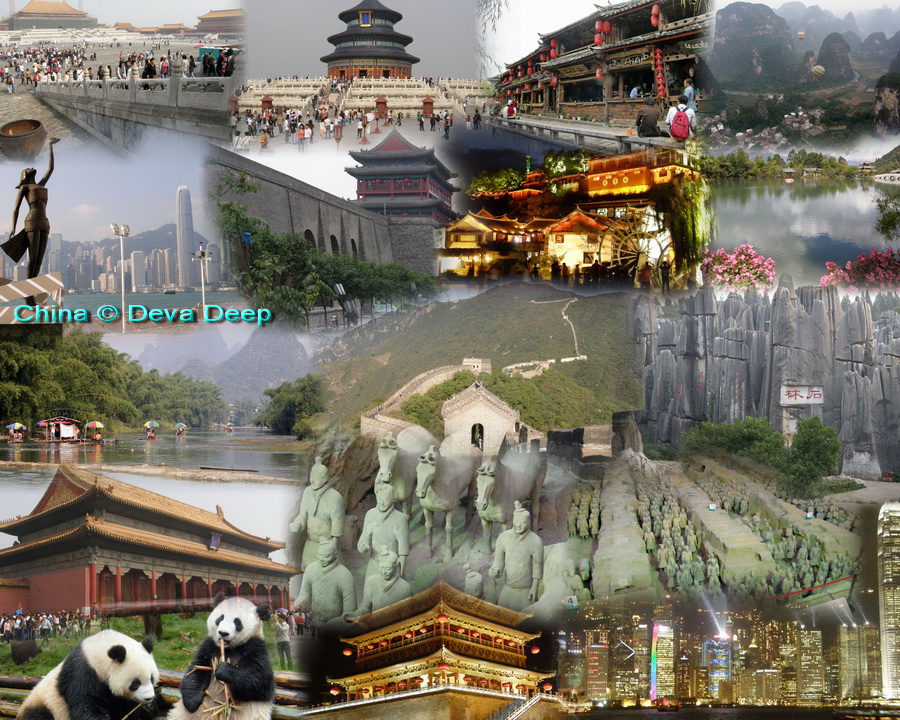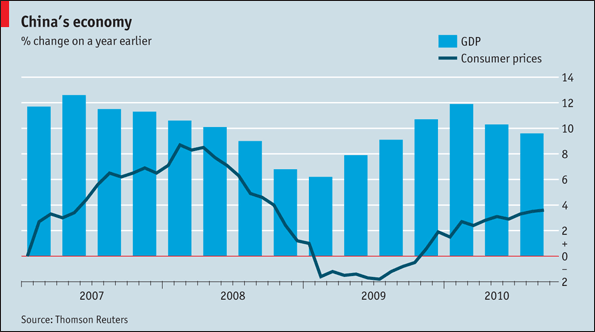
- Joined
- May 23, 2010
- Messages
- 185
- Reaction score
- 0
FT
Bolton fails to understand source of Chinas power
Asia has had enough of excusing the west
Bolton fails to understand source of Chinas power
Published: January 24 2011 02:35 | Last updated: January 24 2011 02:47
From Dr Michael Contarino.
Sir, John Bolton suggests China is somehow overtaking the US militarily and must be stopped through forceful assertion of US military power in the Pacific (America is far too soft in its dealings with China, January 19).
His claims would be alarming, if based upon facts. Unchastened by the disastrous consequences for US power of the Iraq war he so eagerly sought, he now promotes a new set of hallucinatory warnings about China. If Mr Bolton availed himself of the facts, he would not seek to suggest China is somehow overtaking and intimidating the US militarily. He fails to mention that Chinas military is still tiny compared to that of the US.
He also claims, falsely, that President Obama has cut defence spending with gusto, when in fact he has not. Most importantly, Mr Bolton seems not to understand that the source of Chinas power (and present US weakness) is economic. Future geostrategic power balances will be determined far more by the ability of the US to right its economy, strengthen its educational system and regain its technological leadership, rather than by its willingness to rattle sabres at China in the short term, as Mr Bolton advocates.
The main strategic consequences of the Iraq war were the over-stretching of the US military, the enhancement of regional Iranian power and, of course, massive new US debt, much of it owed to China. Mr Bolton continues to impose a simplistic balance of power paradigm upon complex new realities.
Mr Bolton may be correct, however, in noting that China may be sensing growing weakness in the US. Of course, he fails to recognise that such weakness is the direct result of US military and economic power having been squandered by the Bush administration. With wise and realistic leadership, the US will recover as a global leader. Mr Boltons unconscious Maoist fantasy notwithstanding, political power does not come only from the barrel of a gun.
Michael Contarino,
Politics and Society Program Director,
University of New Hampshire at Manchester, US
Asia has had enough of excusing the west
By Kishore Mahbubani
Published: January 25 2011 20:47 | Last updated: January 25 2011 20:47
Most crises are known by their origin, from the Mexican peso crisis of 1994/5 to the Asian crisis of 1997/8. Given there is no doubt who caused our worlds latest troubles, it should adopt its logical name: the western financial crisis. This reluctance to call a spade a spade reflects an inability to reckon with changes the US and Europe have to make to avoid a repeat. This worries the rest of the world, and Asia in particular even if western leaders are shockingly unaware of how they are viewed.
Before this crisis Asian policymakers deferred towards their western counterparts. We assumed the west knew best on finance and economics. The enormous blunders since committed by the US and Europe mean deference has been replaced by disquiet. There is a simple reason why the west has not noticed: Asians are too polite. Sometimes it takes a relatively rude Asian, like me, to express our continents true feelings.
Fortunately, a few others have begun to speak out. Rakesh Mohan, the ex-deputy governor of the Reserve Bank of India, noted the global financial crisis has had its roots in the US. Andrew Sheng, chief adviser to the China Banking Regulatory Commission, strongly criticised US banks and regulators, saying: When our teachers are no better than us, we really have to think for ourselves. Top Chinese bank regulator Liu Mingkang has said of US financial reform that after the death, the doctor came.
These sentiments are now shared across Asia. Indeed, if the Thais and Indonesians did not come from inherently polite societies, they would say to the US and Europe: The time has come for you to administer the same bitter medicine you prescribed to us: stop living beyond your means.
Asias concern is that the world will soon come to grief if both the US and Europe fail to make fundamental readjustments. An America that tightens its belt will cause the rest of the world pain, as US consumption and imports diminish. But there is no painless solution: only when America gets its house in order can Asia hope for a more sustainable future.
By contrast, an America that blunders onwards with quantitative easing in the hope of reviving its economy creates enormous global instability. Europe, meanwhile, is not faring much better. As Harvard economist Kenneth Rogoff has written: Eurozone macroeconomic policy is incoherent on so many levels, it is hard to know where to begin.
What must be done? Domestically, the US must cut spending and raise taxes, no matter how politically difficult. Europe must resolve its flawed monetary union with the overhaul of its bail-out fund and the rewriting of Germanys post-Maastricht grand bargain with the periphery a necessary start.
Internationally, Asia needs the US and European Union to take a more assertive role co-ordinating financial regulation. The failure of recent meetings of the Group of 20 leading economies shows both are still unwilling to make sacrifices. Next time they must show they can produce regulatory reforms sufficiently strong and internationally coherent to prevent a re-run of the global financial crisis, even if it hurts their own interests to do so.
America and Europe can again help to shape the world. But they must not focus on scapegoats, such as Chinas currency. Yes, it needs to be revalued, but even if it rises by 20 per cent it will not change their fortunes. Only fundamental restructuring within their own borders can do this.
Most fundamentally, we need an end to the pretence that the US and EU are masters of the universe. Both must learn to share power. This means specific reforms, for instance on voting rights at the International Monetary Fund. We also need altered attitudes that accept Asians as equals. Only with such changes will results come in the Doha round, climate change negotiations or monetary co-ordination. What truly frightens many Asians is that western leaders are still unwilling to tell their populations the hard truth that the world has changed. Their nations must now experience the pain of readjustment they once prescribed to others.
The writer is dean of the Lee Kuan Yew School of Public Policy, NUS, and author of The New Asian Hemisphere














